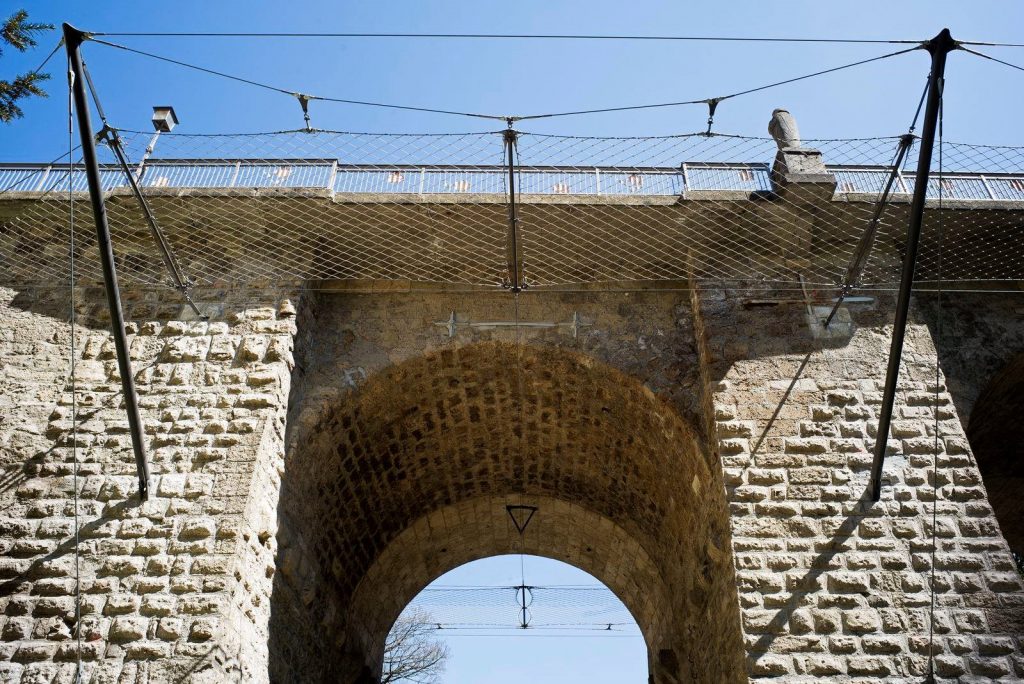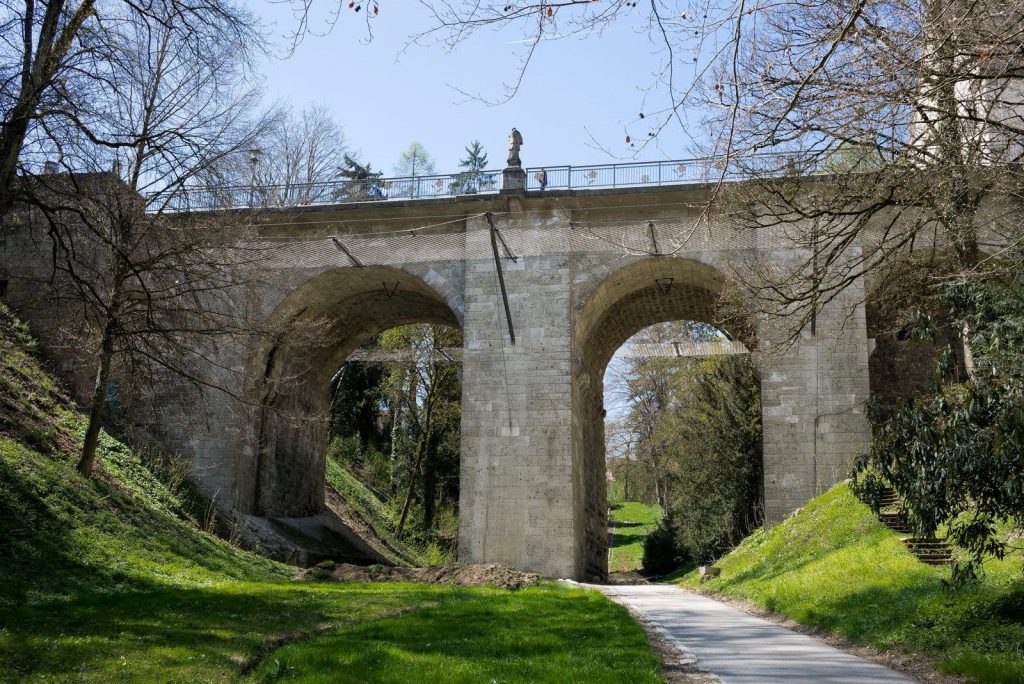When people think of protective barriers and netting for elevated walkways and bridges they often have a, for lack of better words, ugly looking image in their head. With oversized, mismatching netting that doesn’t fit the overall appearance of the bridge or other construction, there is the worry of drawing away from the constructed beauty of the architecture. However, that is not the case when it comes to Tensile mesh solutions. The material can be built directly into the architectural design and made to seamlessly combine both beauty and safety, all at the same time.
Implementing Bridge and Walkway Safety
The appearance of a bridge, stretching dozens, if not hundreds of kilometres above shimmering water is a sight to behold. Modern architecture allows for a minimalist appearance while also giving each bridge a unique look and design. However, with beauty also comes danger. Bridges often become centre points for people struggling with their own internal demons. Suicide by jumping off a bridge is not just an issue within Australia or New Zealand. It occurs everywhere. More suicides take place at the Golden Gate Bridge in San Francisco, California than anywhere else in the world. While warning signs and help hotline phone numbers are placed throughout the bridge, additional safety measures have been utilized in recent years, including safety nets.
There are two main protective measures to be taken into consideration with bridge construction with regards to safety and prevention methods.
- A high railing – which can prevent people from even attempting anything as it discourages jumping from great heights
- Safety nets – making potentially fatal falls impossible
These two measures help prevent suicide attempts and can also protect people from accidental falls as well.
The Jakob Webnet Mesh used by Tensile is one such material used in safety features for bridges and walkways. Whether on purpose or on accident, slipping and falling off of a bridge is a very real and potentially fatal accident. The Webnet Mesh is used to prevent these accidents and save lives.

Why Use Webnet Mesh
Webnet Mesh is different from the nylon nets and chain-link variations some bridges use. For starters, Webnet Mesh is designed to withstand all weather climates and weight. Even though the material itself is lightweight, it is made from 316 stainless steel. The most common grades of stainless steel are 304 and 316. The biggest difference is the addition of the alloy – molybdenum which considerably enhances corrosion resistance, especially for more saline or chloride-exposed environments, where most bridges are situated. 316 stainless steel contains molybdenum, and 304 doesn’t which makes 316 the ideal choices for structures such as bridges.
The appearance of 316 stainless steel melds beautifully into the architecture of the bridge and surrounding plant and wildlife as well.
The advantages of webnet are its load bearing capacity, longevity especially in extreme weather conditions and the low maintenance costs.
Bridges and walkways offer beauty not seen in other constructions. Tensile’s Webnet Mesh can ensure the construction remains both beautiful and safe. If your next project requires fall protection elements or involves bridge infrastructure then speak with our design specialists here or check out some of our projects here.







































